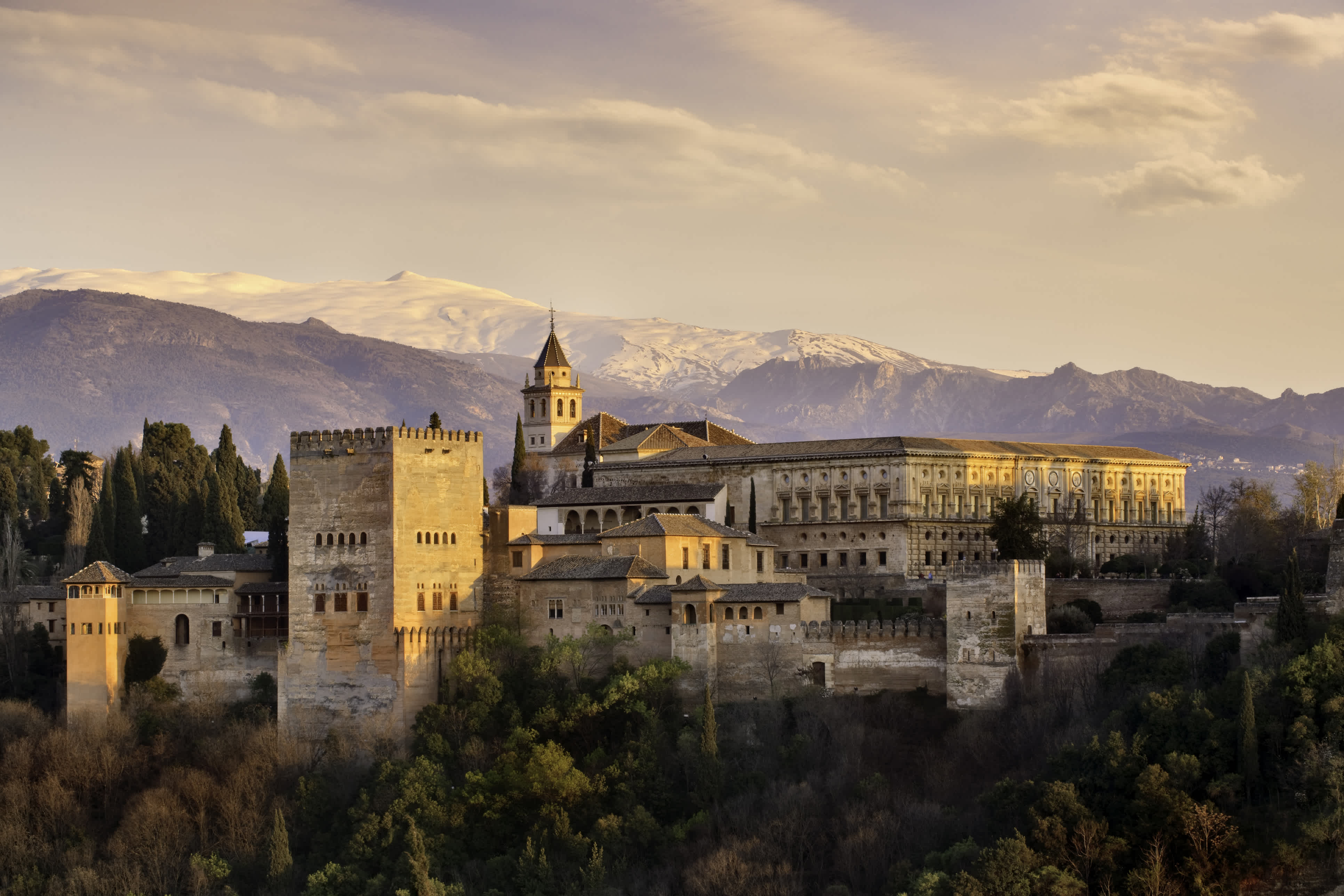
Andalusia Vacations
In the land of flamenco
- Destinations
- Europe
- Spain
- Andalusia
Our Expert Tips for Your Andalusia Vacation
Flamenco, sherry and matadors - Andalusia is proud and spirited! During a round trip Andalusia shows itself as a place of eventful history, rich tradition and full of taste. Here at the edge of Europe, Phoenicians, Romans, Christians and Moors left their traces and today the cities present themselves as a colourful mixture of cultures. Stately palaces and squares in Seville, for example, bear witness to prosperity. In the souks, as in Granada, oriental flair prevails. In the Sierra Nevada, the peaks are covered in a blanket of snow and the White Villages invite you to travel back in time, while life pulsates in the coastal towns and on the endless beaches.
Top Attractions to Visit During Your Tour of Andalusia
Andalusia is bursting with passion! Here you'll see dancers performing dramatic flamenco, listen to the sounds of guitars, and wander through towns dominated by richly ornamented Moorish architecture. Magnificent cathedrals, oasis-like gardens and traditional bullrings characterise the cities as much as the Arab souks. The scent of tea lingers in the air and in the evening you sample your way through the selection of tapas. In the mountains of the Sierra Nevada the White Villages are waiting, the sea invites you to spend relaxing hours at the beach. As you can see, Andalusia is multifaceted! With the tips and recommendations of our travel experts you will get to know Andalusia with all its facets. Look forward to a special travel experience full of culture, cuisine and nature!
Where to Go on an Andalusia Tour?
Alhambra
The Alhambra in Granada, perched on the Sabikah Hill, is the most famous sight in Andalusia. This is where the Nasrid kings resided for 250 years. In 1984, the building, which is one of the highlights of Islamic architecture, was declared a UNESCO World Heritage Site and attracts millions of visitors every year. An absolute highlight of an Andalusia round trip!
Seville
The largest city in Andalusia is always worth a visit. There is something to discover here at every corner. Admire the sights like the cathedral, the fortress palace Alcazar, the historical quarter Santa Cruz and the famous Plaza de España. Take a futuristic look at the Metropol Parasol, a sculptural-looking wooden structure, in the Plaza de la Encarnación. In the evening, head to the bars for tapas or to a flamenco show.
Mezquita of Córdoba
Córdoba is an architectural jewel as a total work of art. A visit to the Mezquita is particularly interesting. The Mezquita is a mosque from the Moorish period, which was converted into a Catholic cathedral by the Christians after the conquest around 1400. The building, which combines Western and Arabic architecture, was added to the UNESCO World Heritage List in 1984.
Sierra Nevada
"Snow-capped mountains" - the Sierra Nevada is home to the highest mountains in mainland Spain, which usually wear a hood of snow from November to May. The national park is ideal for hiking and in winter for skiing. The destination for active travellers!
Ronda
Ronda is dramatic. Perched on a rocky plateau, the town joins the list of "white villages". Its beauty captivated literary figures such as Rainer Maria Rilke and Ernest Hemingway. The majestic Puente Nuevo connects the old town "Ciudad Vieja" with the district El Mercadillo, the "new town".
Tarifa
Tarifa is the hotspot for kitesurfers in Europe. Reliable winds provide good waves. Tarifa is located 20 miles southwest of Gibraltar, the British Overseas Territory, as the crow flies, and only 8 miles across the Strait of Gibraltar from Africa. Twice a year migratory birds rest here.
Cádiz
Cádiz is situated on a headland on the Costa de la Luz. Its special location and romantic old town make Cadiz a must-see for culture lovers on a trip to Andalusia. The city is one of the oldest in Europe. Besides the cathedral, the town hall, the Falla Theatre, the Iglesia de Santa Cruz and the Castillo de San Sebastián are worth seeing. Less
Useful Information for Your Andalusia Vacation
TourlaneCare

